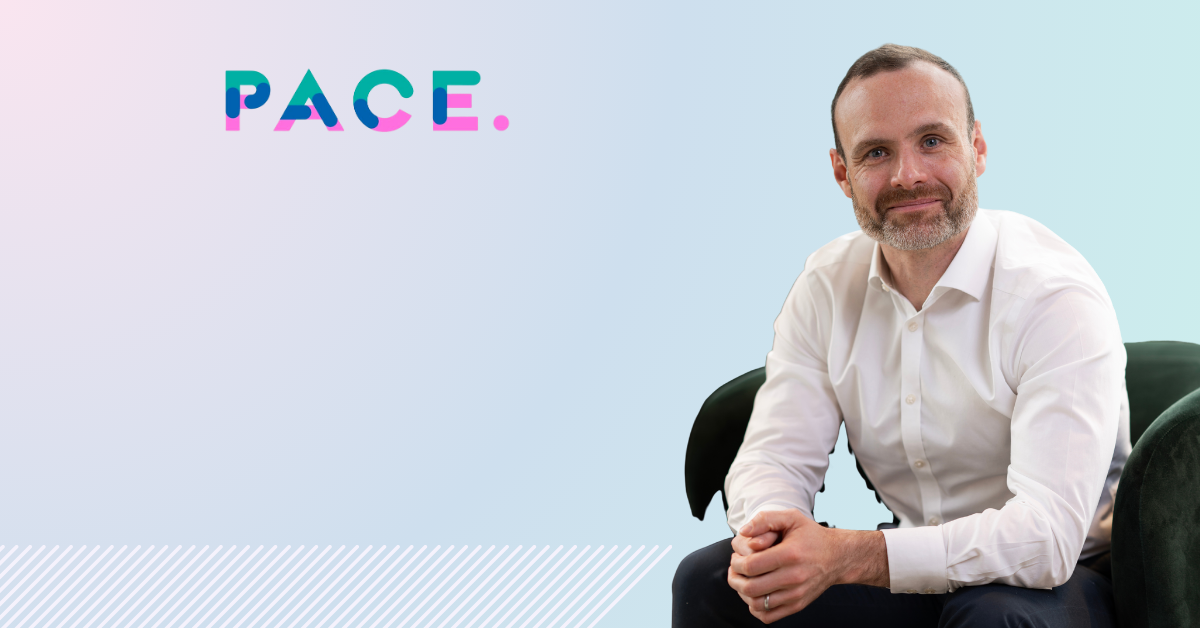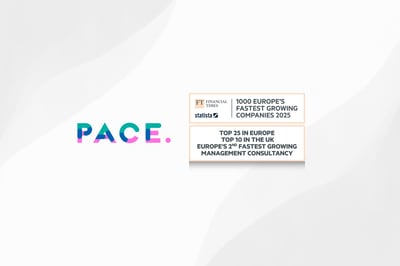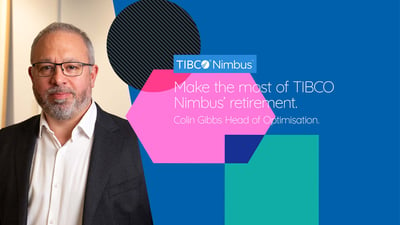Beyond the playbook: Rethinking change in an era of constant transformation

Change used to be a project, now it’s the operating system
Organisations today are navigating overlapping transformations: implementing AI tools, reconfiguring offices, introducing new systems, rebranding, restructuring. So, it’s no longer about managing a single initiative from start to finish; change is constant, messy, and deeply human. Yet, many organisations are still relying on outdated, linear models to manage it. The result is sluggish adoption, disengaged teams and missed opportunities. Now that transformation is business as usual, the way we lead change needs a rethink.
The cracks in the model
Traditional change management wasn’t built for this world. It was designed for contained initiatives with clear boundaries and a tidy beginning, middle, and end, but today’s change doesn’t work like that, and the old models are starting to buckle under the weight of new demands. According to Gartner, the number of major changes employees are expected to absorb has quadrupled since 2016, while their capacity to absorb it has been cut in half. Change fatigue isn’t hypothetical; it’s baked into the system.
When we look closer at how most organisations still manage change, the cracks are clear.
It’s still linear.Most organisations continue to approach change as a one-way journey: define the change, plan it, communicate it, execute it, then move on. But in reality, change rarely sticks the first time. Plans evolve, external conditions shift, and resistance ebbs and flows. People don’t move neatly through “awareness to adoption”. They get stuck, they loop back, they need support at unpredictable moments. A linear approach simply can’t accommodate the messiness of real life inside organisations.
Toolkits and templates have their place, but over-reliance on predefined frameworks often leaves little room for adaptation. When the process takes priority over the people, we risk missing the signals that matter: the workshop no one understood, the policy no one read, the pilot no one believed in. Different teams, functions, and individuals experience change in vastly different ways. What engages one group may alienate another. A rigid approach treats everyone the same and assumes the path to success is uniform. It isn’t.
Traditional change efforts are often led from the centre, by leadership or a change team, pushing out communications and rolling out training. But meaningful change happens in the messy middle and at the edges: where team leads model new behaviours, where colleagues support each other, where experiments get tested and refined. When change is imposed rather than co-created, it fails to stick. People need to see themselves in the process, not just be on the receiving end of it.
Circular change
Circular change is different.
It’s responsive: built on fast feedback loops, not phased gates.It’s participatory: designed for decentralised ownership and local experimentation.
It’s resilient: capable of flexing as conditions shift.
Rather than following rigid plans, it treats change as an ongoing process of sensing, testing, learning, and adapting. It gives local teams more autonomy and trusts those closest to the work to help shape how change happens. The centre still sets direction, but success depends on shared ownership, not top-down control.
This isn’t about throwing out structure. It’s about building systems that can bend without breaking because in most organisations, change rarely goes to plan, and people rarely behave by the book.
What’s different in the AI era?
Beyond being just another tool, AI is a catalyst for rapid, complex change, and many organisations aren’t ready. A recent MIT study found that 95% of enterprise AI pilots fail to deliver measurable results. Not because the models don’t work, but because the organisation’s ability to change hasn’t caught up.
Unlike past tech rollouts, AI affects workflows, behaviours, and even identity at work. It comes with higher stakes (people fear job loss), steeper learning curves, and faster expectations from leadership. Adoption is already happening informally, with “shadow AI” tools being used on the side.
To manage this well, organisations need to shift how they approach change by:
Communicating clearly and often: not just what’s changing, but why it matters.Measuring meaningfully: focus on outcomes, not attendance.
Creating local ownership: empower teams to shape how AI shows up in their context.
Spotting and scaling what works: double down on early wins that build momentum.
AI moves fast, so change needs to move smart.
The 2025 blueprint
Change isn’t slowing down, so neither can our approach to it. Organisations need a new blueprint that’s built for momentum, not just management. That means:
Embedding change capability across teams, not just in central teams.Making space for continuous sense-making through live feedback, open conversations, and visible leadership.
It’s time to retire the 70-page change deck. What’s needed now is something more adaptive, more human, and more real. Because when change is constant, the way we lead it has to be continuous, circular and co-owned.






-01%20(2)%20bw.png?width=1440&height=1440&name=2025%20ST_HUNDRED_LOGO_HOIZ_1x1_RGB%20(1)-01%20(2)%20bw.png)